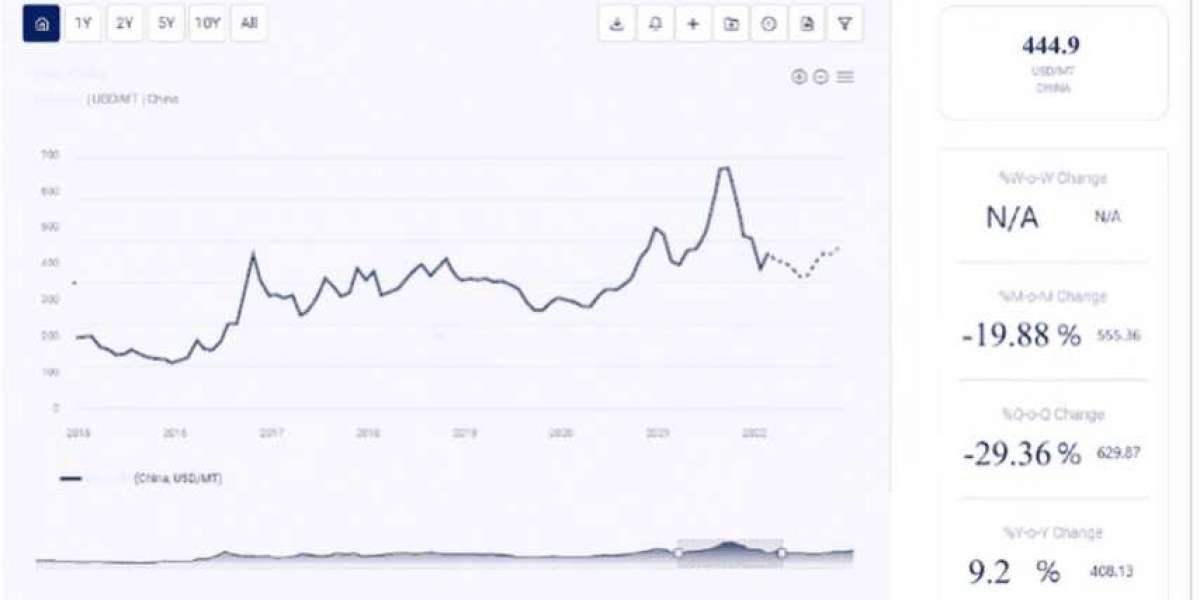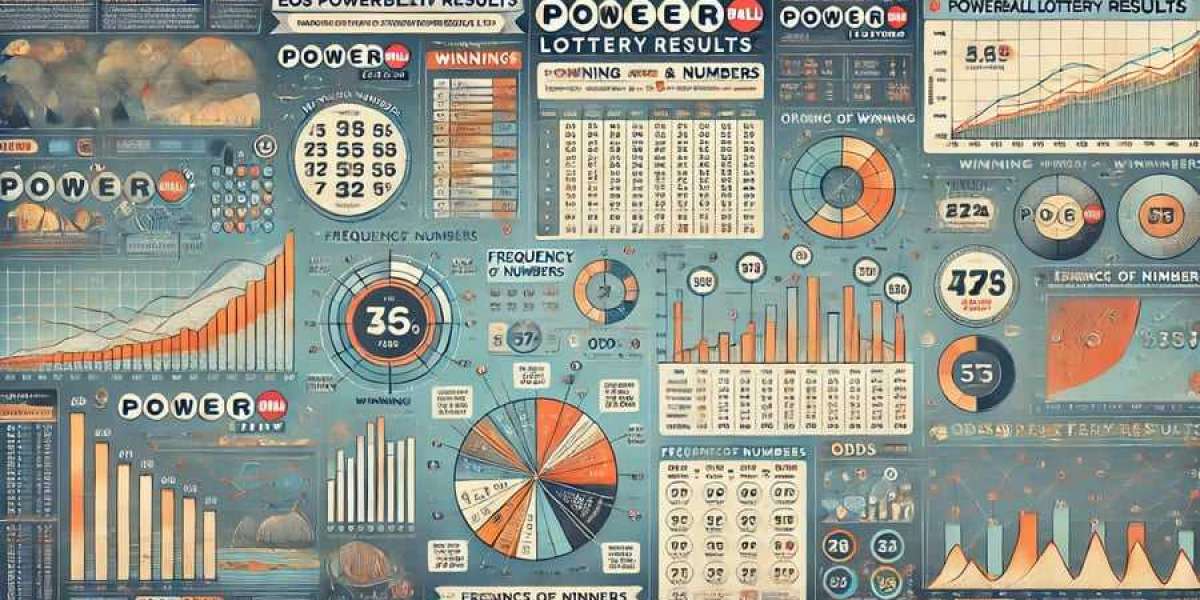Rebar (reinforcing bar) is a vital construction material used to strengthen concrete structures in buildings, bridges, highways, and other infrastructure projects. As a key component of the construction industry, the Rebar price trend plays a crucial role in determining project costs and shaping the global construction landscape. This article explores the latest trends in rebar prices, factors driving these changes, and provides a comprehensive analysis of historical data, market forecasts, and regional insights.
Latest Price Trends
The price of rebar is influenced by several key factors, including the cost of raw materials like steel, scrap metal, and iron ore, as well as energy costs, which are essential for steel production. Additionally, demand from the construction industry, global economic conditions, and geopolitical events significantly impact rebar prices.
Over the past few years, rebar prices have seen fluctuations, driven by changes in raw material costs and shifts in demand. For instance, in the first quarter of the year, rebar prices were generally on the rise, as steel scrap prices surged, following a global shortage of scrap metal. Market reports indicate that countries like China and India have witnessed strong demand for rebar due to infrastructure and construction growth, further influencing price dynamics.
Market Analysis
The rebar market is primarily driven by demand from the construction sector. The global construction boom, spurred by urbanisation, infrastructure development, and government spending on public works projects, has led to a significant increase in rebar consumption. For example, countries in Asia, particularly China and India, have consistently been major consumers of rebar, given their ongoing infrastructure and housing projects.
Moreover, government initiatives such as stimulus packages for infrastructure development have further amplified demand. However, while growth in construction is a key driver, fluctuations in raw material costs, especially iron ore and coal, also have a profound impact on rebar prices. These materials are essential in the production of steel, which is the base material for rebar. As steel prices rise, the cost of producing rebar follows suit, directly influencing market prices.
Another notable factor affecting rebar prices is the supply chain situation, including transportation costs and disruptions caused by geopolitical events. For instance, trade restrictions or tariffs imposed on steel imports can lead to price volatility, as seen in recent years, where trade wars and other political tensions have disrupted global supply chains.
Enquire For Regular Prices: https://www.procurementresource.com/resource-center/rebar-price-trends/pricerequest
Historical Data and Forecasts
Historically, rebar prices have been closely tied to global steel prices, with fluctuations occurring in response to changes in demand from key industries and shifts in the cost of raw materials. A look at the historical data shows that rebar prices reached a peak in 2021, as a result of a global supply shortage of steel, driven by disruptions in steel production and increased demand for construction materials.
Forecasts for the rebar market suggest that prices will continue to be volatile in the coming years. The ongoing recovery in construction and infrastructure projects, combined with continued demand in emerging markets, is expected to support steady demand for rebar. However, concerns about raw material price fluctuations, especially iron ore, and energy costs could continue to cause price instability.
Looking ahead, prices are expected to remain high in the short term due to increased raw material costs, particularly steel scrap, and strong demand for construction and infrastructure development in both developed and emerging markets. Long-term forecasts, however, indicate that prices could stabilise once supply chains adjust and new technologies are adopted in steel production, reducing costs.
Database Insights and Chart Representation
To understand rebar price trends, stakeholders often rely on comprehensive market databases and charts that track price indices, production volumes, and supply-demand balances. These platforms provide valuable insights into market dynamics, offering real-time price data and trend analysis.
For example, historical charts show the seasonal fluctuations in rebar prices, with price peaks generally occurring during periods of high construction activity and low supply, such as the beginning of the year or after major geopolitical events. Additionally, databases may provide regional breakdowns, showing how prices vary across different markets. In some regions, such as the Middle East and South Asia, rebar prices may be more influenced by local steel production capacities and import/export conditions.
Regional charts often reveal price differences between markets, with prices in North America typically being higher due to increased production costs and transportation fees. Conversely, in regions like Asia-Pacific, lower labour and production costs result in more competitive prices. Having access to these charts helps businesses make informed decisions regarding procurement and sourcing strategies, ensuring that they can take advantage of market opportunities while managing risks.
Market Insights
Infrastructure Growth
Infrastructure development is a key driver of rebar demand globally. With rapid urbanisation in emerging economies, large-scale infrastructure projects such as highways, bridges, and airports are contributing to increased demand for rebar. Governments around the world are investing in public infrastructure as part of their economic recovery plans, further propelling the demand for construction materials like rebar. For instance, China's ambitious Belt and Road Initiative has led to substantial rebar consumption in the construction of infrastructure projects across Asia and Africa.
Residential and Commercial Construction
The residential and commercial construction sectors are also significant consumers of rebar. In particular, the demand for residential housing in fast-growing urban centres, particularly in India, Southeast Asia, and Africa, is driving the need for reinforcing steel in concrete structures. Commercial construction, including office buildings, retail spaces, and industrial facilities, continues to support strong rebar demand in developed markets, including the United States and Europe.
Sustainability Trends
Sustainability is another important trend affecting the rebar market. Steel production, the key process in rebar manufacturing, is energy-intensive and generates significant greenhouse gas emissions. As environmental regulations become stricter, the rebar industry is seeing an increased focus on sustainability, with efforts to reduce carbon emissions and improve the energy efficiency of steel mills. The adoption of electric arc furnaces (EAF) for steel production, which uses recycled scrap steel rather than iron ore, is one of the key advancements contributing to a more sustainable and cost-effective rebar production process.
Technological Advancements
Technological innovation is also playing a role in shaping the rebar market. The introduction of advanced steel-making technologies and the development of high-strength, lightweight rebar materials are opening up new avenues for construction. These innovations are not only providing benefits in terms of material performance but also offering cost savings through reduced transportation and handling expenses, which could influence rebar price trends in the future.
Regional Insights and Analysis
Asia-Pacific
Asia-Pacific is the dominant region in the rebar market, driven by the rapid pace of infrastructure and industrial development, particularly in China and India. These two countries account for a significant portion of global rebar demand, with China being the world’s largest producer and consumer of rebar. However, price dynamics can vary within the region due to differences in raw material availability, local demand, and production capacities. While rebar prices in Asia are generally lower than in other regions, fluctuations in steel prices and raw material costs can lead to price volatility.
North America
The North American rebar market is primarily driven by infrastructure spending and residential construction. In the U.S., government spending on infrastructure projects, such as roads, bridges, and water systems, has been a significant contributor to the demand for rebar. Additionally, the shift toward more sustainable building practices and the growing demand for high-strength rebar materials are influencing the market. However, North American rebar prices tend to be higher compared to Asia-Pacific due to factors such as higher production costs, labour expenses, and transportation fees.
Europe
Europe’s rebar market is characterised by steady demand from both the residential and commercial construction sectors. Additionally, Europe’s emphasis on sustainability is encouraging the adoption of eco-friendly production methods in rebar manufacturing. As stricter environmental regulations come into play, rebar producers are increasingly turning to recycled materials in production, influencing price trends. Despite being a key producer of rebar, Europe’s prices are generally higher than those in Asia due to the region’s focus on quality, environmental compliance, and energy efficiency.
Role of Procurement Resource
For businesses involved in the procurement of rebar, leveraging market intelligence platforms such as Procurement Resource can provide valuable insights into price trends, production forecasts, and regional market conditions. Procurement Resource offers access to historical data, real-time price tracking, and expert analysis, enabling businesses to make informed decisions and optimise their procurement strategies. By utilising such platforms, companies can mitigate risks associated with price volatility, secure competitive pricing, and ensure reliable supply chains for construction projects.
This article delves into the Rebar price trend, highlighting the factors influencing price fluctuations, historical trends, regional market dynamics, and insights into future forecasts. By understanding these trends, businesses can optimise procurement strategies and effectively manage the costs associated with rebar, a critical material in the construction industry.
Contact Us:
Company Name: Procurement Resource
Contact Person: Leo Frank
Email: sales@procurementresource.com
Toll-Free Numbers:
- USA Canada: +1 307 363 1045
- UK: +44 7537171117
- Asia-Pacific (APAC): +91 1203185500
Address: 30 North Gould Street, Sheridan, WY 82801, USA






